Author: Kogmo; Source: Running Finance
It is hard to imagine that a long string of characters plus a special dot symbol constitutes the hottest narrative in the crypto world today.
Runestone, Runestone, this name is being watched by crypto enthusiasts and investors around the world.
How popular is it?
If the total transaction fee of 37.626 BTC in the Runes protocol launch block (halving block) is not intuitive enough, then take a look at the following sets of data.
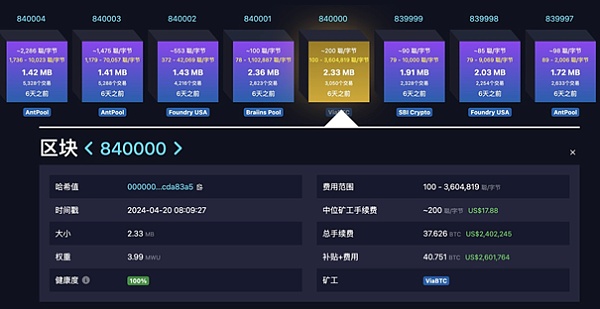
• Ordinals NFT, the fastest to break the transaction volume: less than 3 days after launch, the transaction volume exceeded 500 BTC.
• Peak share of Bitcoin network transactions: On April 23, Runes accounted for 81% of Bitcoin network transactions.
• User situation: More than 692,480 users have engraved nearly 8,000 runes, and the related transactions totaled more than 3.1 million.
This is not just a carnival, but also an innovation in the crypto world.
Why it is out of the circle
Compared to the rise of BAYC (Bored Ape Yacht Club), Runestone's out of the circle has a deeper meaning.
First, it set three records on the Bitcoin chain: the largest Bitcoin block ever, the largest Bitcoin transaction ever, and the largest Ordinals inscription ever.
On March 9, Runestone #63140674 was mined in block 832,947 with a file size of 3.967 MB, the largest block in Bitcoin history. Runestone also became one of the largest Bitcoin Ordinals ever, with only seven Bitcoin Ordinals exceeding 400 KB. It was eventually sold for 8 BTC, or about $556,000.
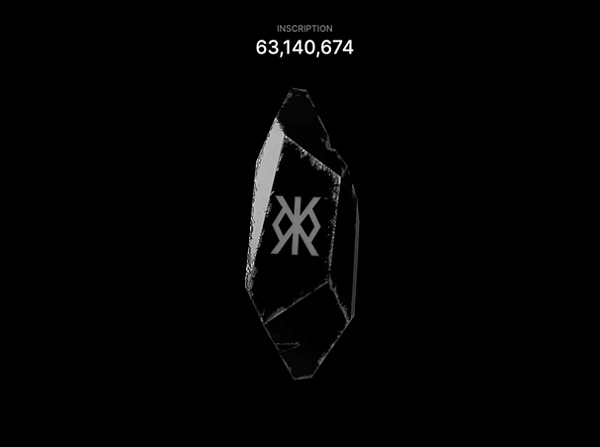
But more importantly, Runestone's proposition is closer to the characteristics originally envisioned by Bitcoin - returning to the essence of decentralization, providing an innovative solution for asset allocation.
Setting things right
Ordinals was originally conceived to create NFTs on Bitcoin, but as the Ordinals protocol developed, it was used more to create FTs. Founder Casey has repeatedly expressed his dissatisfaction with the BRC-20 protocol. The biggest problem with BRC-20 is that it requires multiple transactions when performing basic operations such as token issuance and token transfer, which takes up a lot of Bitcoin storage space, increases network congestion and transaction fees. In addition, BRC-20 uses the Ordinals protocol for the issuance of homogeneous tokens, which deviates from the original design purpose of the Ordinals protocol.
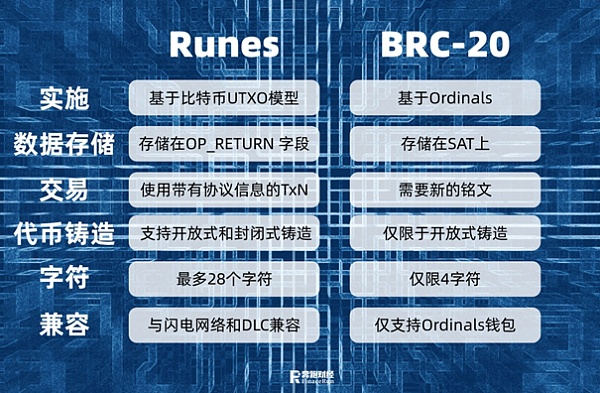
Runestone, as a pre-Runes project, reflects the market's expectations for the Runes protocol.
Compared to BRC-20, Runes simplifies the process of allocating tokens to specific UTXOs, so there will not be a large number of unused UTXOs. Starting from the transmission mechanism, it improves network congestion and improves the on-chain efficiency of the Bitcoin network. BRC-20 needs to scan the complete UTXO collection for the storage and indexing of asset data.
The data storage of the Runes protocol is based on the OP_RETURN field, which can be directly bound to the UXTO on the Bitcoin chain. This makes it only necessary to find the special UXTO bound to it when verifying the status of the user's assets.
In the past, Memecoin's role in the crypto world was more about emotional value, and it was a highly speculative and high-risk product. The emergence of Runestone represents Memecoin's exploration of deeper value. For the crypto world, many investors have long been FMOM, and Runestone provides a new perspective for decentralized value and community consensus building.
Optimizing Order
Behind this overwhelming wealth, on the surface, is the market's competition for rare and valuable products.
But the more important value is Runestone's definition of the order on the blockchain network.
The characteristics of the blockchain network are freedom and openness, allowing users to avoid dealing with many restrictions in the traditional financial system. With continuous development, a certain degree of disorder has appeared in the on-chain ecology, such as transaction congestion, soaring fees, and effective asset management.
The emergence of Runestone has brought new ideas for optimizing order to the blockchain network, which is not only reflected in the interpretation of the spirit of decentralization, but also promotes the innovation and development of the entire crypto world ecology.
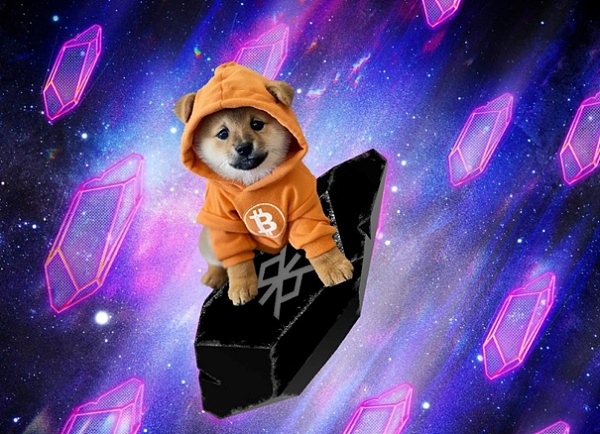
(1) Ecological Incentives
Runestone has established an innovative and healthy incentive mechanism for the Ordinals protocol ecosystem, which incentivizes and rewards early supporters who have contributed to the Ordinals ecosystem, ensuring that every participant has the opportunity to reap the dividends from ecological development.
It does not have any practicality or development path, but is essentially an asset allocation plan that emphasizes community-driven, ensuring the even distribution of assets and motivating the active participation of community members, thereby enhancing the sustainability and stability of the project and promoting the establishment of a fair, transparent and decentralized healthy ecosystem.
(2) Value Carrying
In the past, most NFT projects were controlled by a single entity and lacked community participation and transparency. In essence, Runestone has no managers, and the right to issue is not in the hands of a party with special permissions. Compared with traditional NFTs, Runestone can contain more data and information, which means it can carry richer and more complex content. This not only provides more creative space and possibilities for artists and creators, but also makes Runestone an ideal carrier for digital art and cultural expression. More importantly, Runestone carries the trend of the crypto world's focus on technical practicality and community participation, which is exactly the positive output lacking in the stage of gameplay and blood-sucking.
Conclusion
With the continuous evolution of blockchain technology and the increasing maturity of the crypto world, the emergence of Runestone has undoubtedly injected new vitality into the impetuous market. Attaching importance to the power of the community, emphasizing the concept of decentralization, and focusing on effective on-chain governance, although the future of Runestone is still full of uncertainty, it has successfully shifted the focus of the crypto world from short-term speculation to long-term value creation.
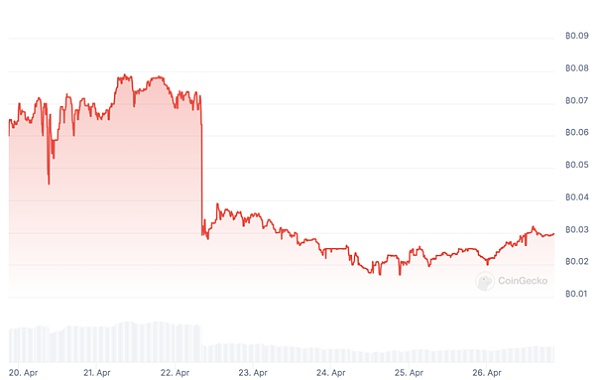
According to Coingecko data, since the launch of the Runes protocol on April 20, its price has fallen by 65.1%. But this does not mean that this experiment on value exploration has failed. Because the story of Runestone has just begun. The crypto world has reason to expect that a freer and more just financial future is on the way.
 JinseFinance
JinseFinance
 JinseFinance
JinseFinance JinseFinance
JinseFinance Snake
Snake Bitcoinist
Bitcoinist Beincrypto
Beincrypto Bitcoinist
Bitcoinist Cointelegraph
Cointelegraph Cointelegraph
Cointelegraph Bitcoinist
Bitcoinist Bitcoinist
Bitcoinist